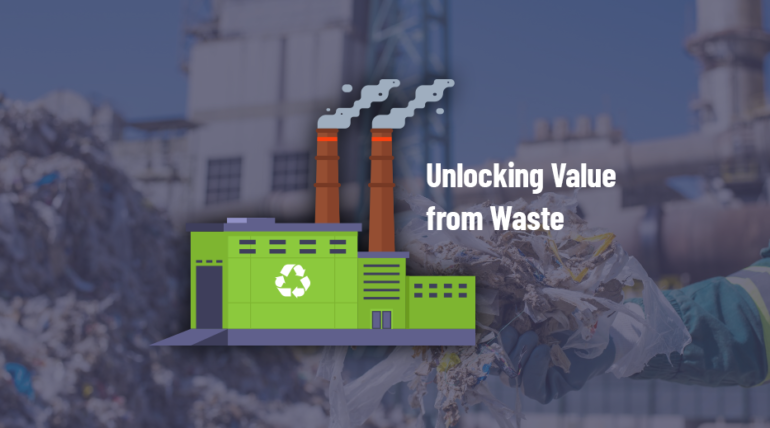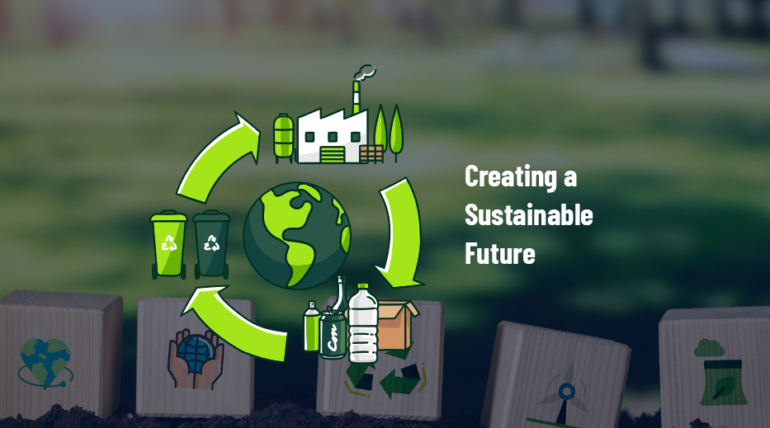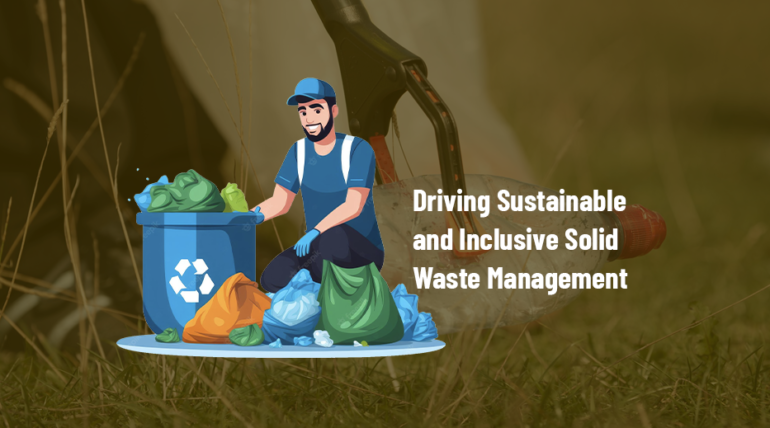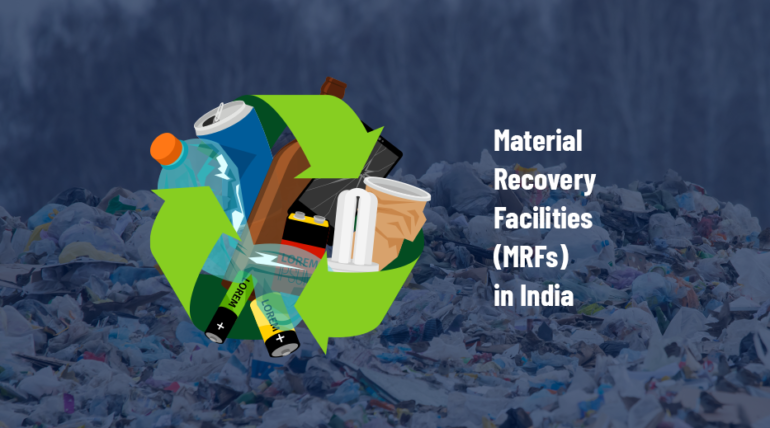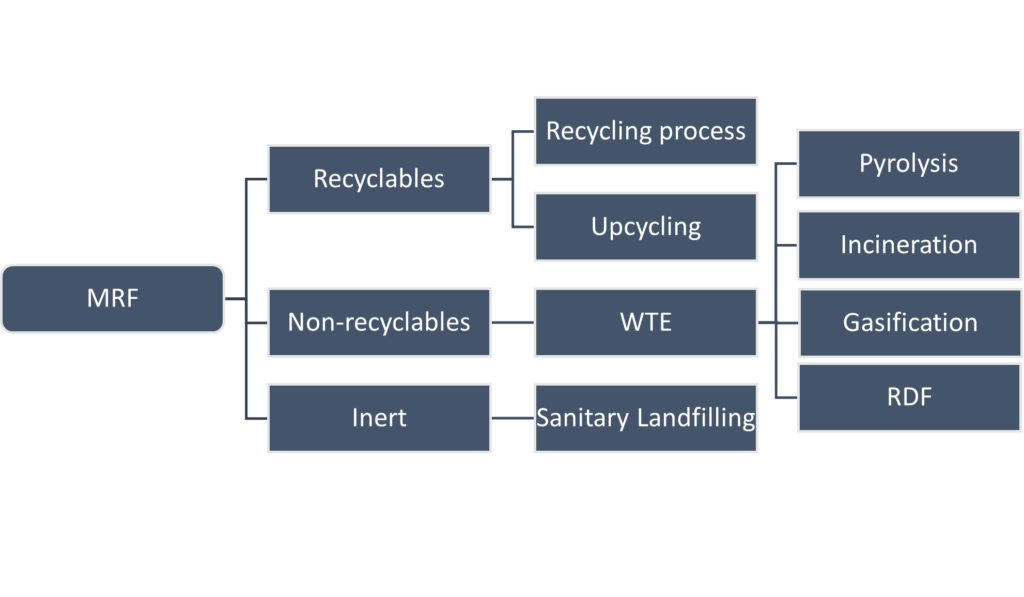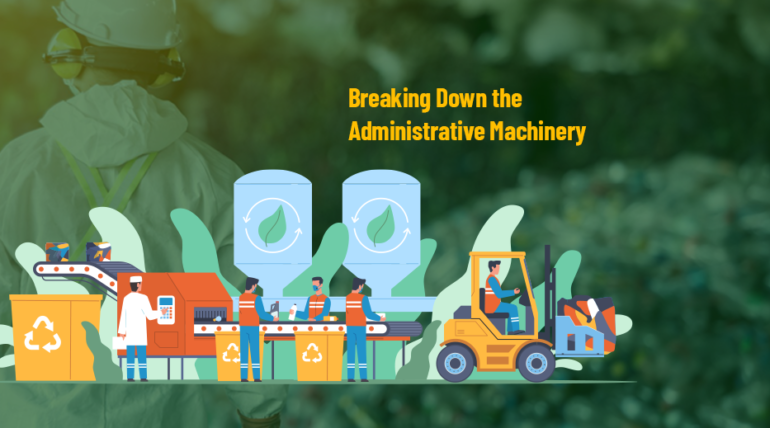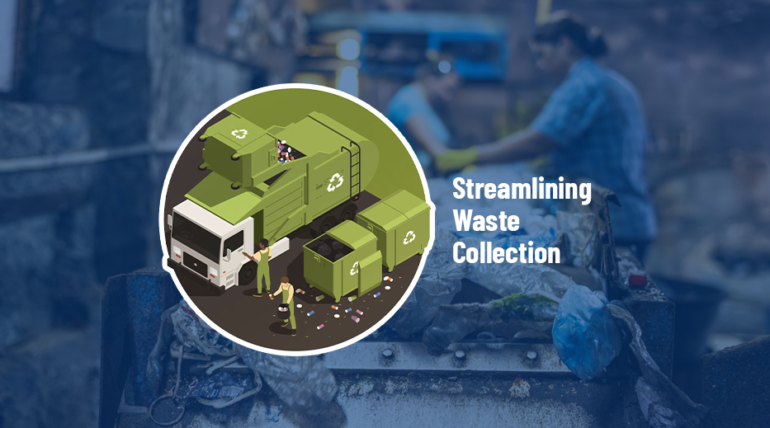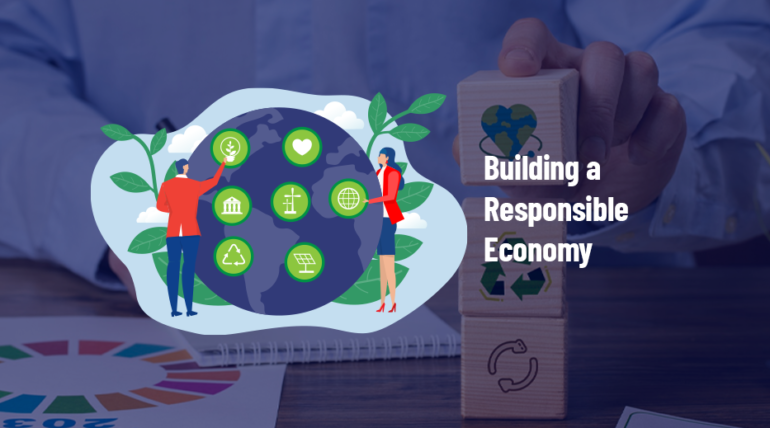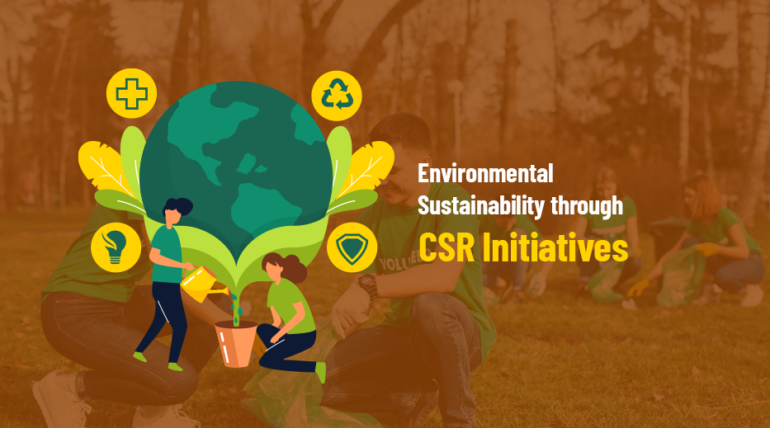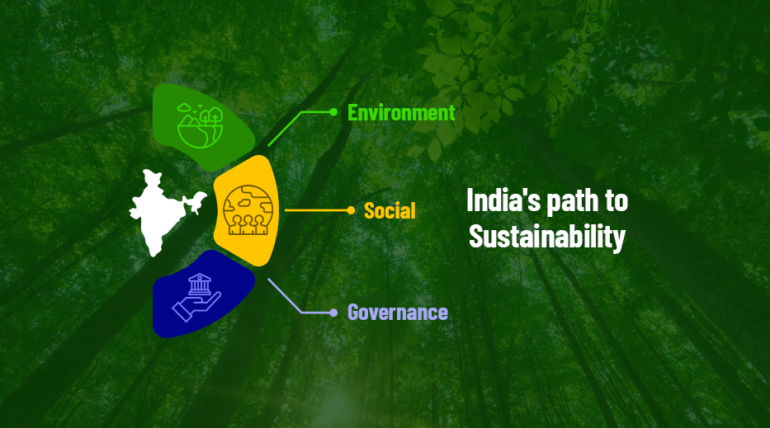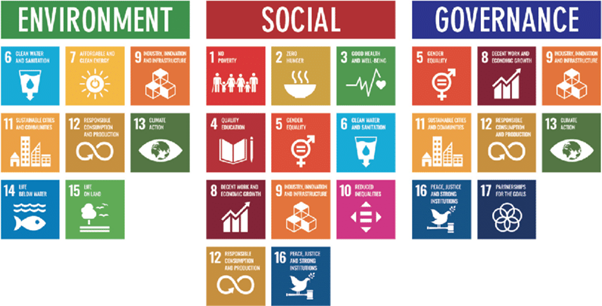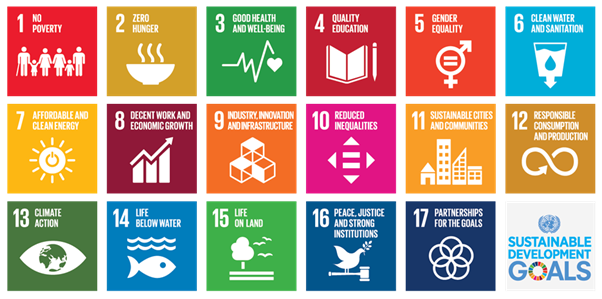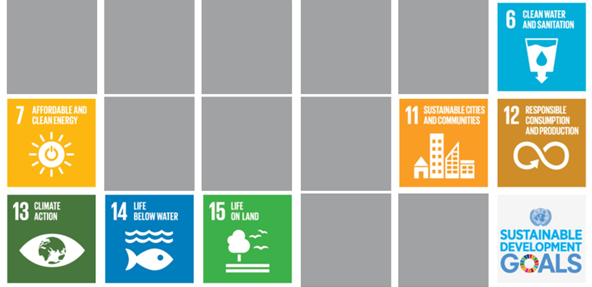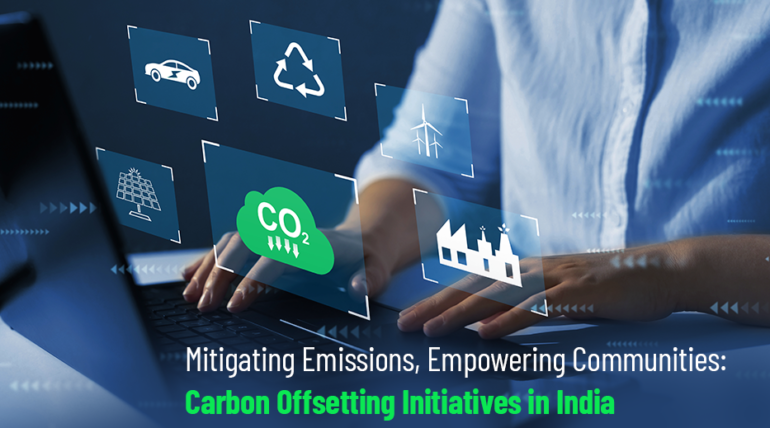Exploring Gasification and Refuse-derived fuel (RDF) Technology
Unlocking Value from Waste in India’s Waste Management
Gasification technology is a waste-to-energy (WTE) solution that converts dry waste into a usable gas called “syngas.” The gasification process involves heating dry waste to high temperatures in the presence of a limited amount of oxygen. This results in the production of syngas, which can be used as a fuel for various applications such as generating electricity, heating, and cooking. The remaining solid waste, known as slag, can be used for construction materials.
One of the advantages of gasification technology is that it can handle a wide range of waste types, including municipal solid waste, agricultural waste, and industrial waste. Another advantage of gasification technology is that it produces significantly fewer greenhouse gas emissions compared to traditional waste management methods such as landfilling. This is because the syngas produced by the gasification process can be used as a fuel source, reducing the need for fossil fuels.
Gasification technology also has the potential to create employment opportunities and generate revenue. For example, the syngas produced by the gasification process can be sold to industries as a fuel source, while the slag can be used for construction materials.
However, gasification technology is not without its challenges. The initial capital costs of setting up a gasification plant can be high, and the technology requires a skilled workforce to operate and maintain. Additionally, there may be issues with waste segregation and the quality of the feedstock used in the gasification process.
Overall, gasification technology has the potential to be an effective solution for managing dry waste in India. With the right policies and investments, it could help to reduce the amount of waste sent to landfills, while also providing a source of renewable energy and economic opportunities.
Gasification Technology Case Studies
In India, there are several examples of gasification technology being used for dry waste management. Here are a few:
- Jindal Urban Infrastructure Limited (JUIL) Waste-to-Energy Plant: This plant is located in Navi Mumbai, Maharashtra, and has a capacity of processing 600 tons of municipal solid waste per day. It generates 11 MW of electricity and 30 tons of ash per day.
- Ramky Enviro Engineers Limited Waste-to-Energy Plant: This plant is located in Hyderabad, Telangana, and has a capacity of processing 500 tons of municipal solid waste per day. It generates 11.5 MW of electricity and 35-40 tons of ash per day.
- Essel Infraprojects Limited Waste-to-Energy Plant: This plant is located in Jabalpur, Madhya Pradesh, and has a capacity of processing 600 tons of municipal solid waste per day. It generates 11 MW of electricity and 35-40 tons of ash per day.
- Sembcorp Gayatri Power Limited Waste-to-Energy Plant: This plant is located in Nellore, Andhra Pradesh, and has a capacity of processing 600 tons of municipal solid waste per day. It generates 8.6 MW of electricity and 20-25 tons of ash per day.
- Tiruchirappalli City Municipal Corporation Waste-to-Energy Plant: This plant is located in Tiruchirappalli, Tamil Nadu, and has a capacity of processing 500 tons of municipal solid waste per day. It generates 4.5 MW of electricity and 10-12 tons of ash per day.
These are just a few examples of gasification technology being used for dry waste management in India. With the growing demand for sustainable waste management practices, it is likely that more such projects will be developed in the future.
What is Refuse-derived Fuel (RDF) ?
Refuse-derived fuel (RDF) is a type of fuel produced by sorting and processing non-recyclable waste materials such as municipal solid waste (MSW), construction and demolition (C&D) waste, and industrial waste. In India, the government has introduced several policies and guidelines to promote the use of RDF as a sustainable energy source.
Some of the key policies and guidelines related to RDF production from MSW in India are:
- Municipal Solid Waste Management Rules (2016): The rules provide for the segregation of MSW at source, which is a critical step in the production of RDF. The rules also encourage the use of RDF as a renewable source of energy.
- Swachh Bharat Abhiyan (Clean India Mission): The mission aims to make India clean by promoting waste segregation, composting, and recycling. RDF production from MSW is also one of the focus areas of the mission.
- Waste to Energy Policy (2016): The policy provides for the promotion of RDF production from MSW as a source of renewable energy. It also encourages the use of RDF in cement kilns and power plants.
Overall, the production of RDF from MSW is an important step towards the management of solid waste in India and the promotion of renewable energy. The government has taken several steps to promote RDF production, and there are several plants operating at different scales across the country. The SWM Scheme provides financial assistance to local bodies and municipalities for setting up RDF plants and waste-to-energy projects. The WTE Policy aims to promote the use of RDF as a fuel source for power generation, and encourages private sector participation in setting up RDF-based power plants. The Biomass Energy Policy provides incentives for the use of RDF as a renewable energy source, and encourages the development of decentralized RDF plants.
In terms of the scale of RDF plants in India, there are several examples of large-scale and small-scale plants.
Some of the large-scale plants include:
- Okhla waste-to-energy plant in Delhi with a capacity of 16 MW
- Ghazipur waste-to-energy plant in Delhi with a capacity of 12 MW
- Namakkal waste-to-energy plant in Tamil Nadu with a capacity of 15 MW
- Noida waste-to-energy plant in Uttar Pradesh with a capacity of 10 MW
Some of the small-scale plants include:
- Agartala RDF plant in Tripura with a capacity of 10 TPD (tonnes per day)
- Jaipur RDF plant in Rajasthan with a capacity of 2 TPD
- Nashik RDF plant in Maharashtra with a capacity of 5 TPD
Overall, the Indian government’s policies and guidelines promote the use of RDF as a sustainable energy source and provide incentives for setting up RDF plants of various scales.
